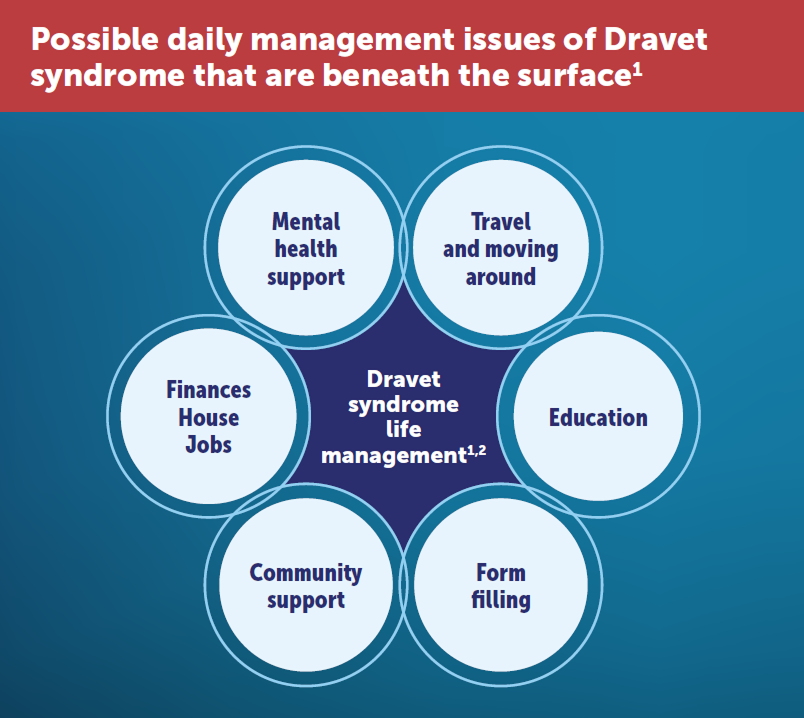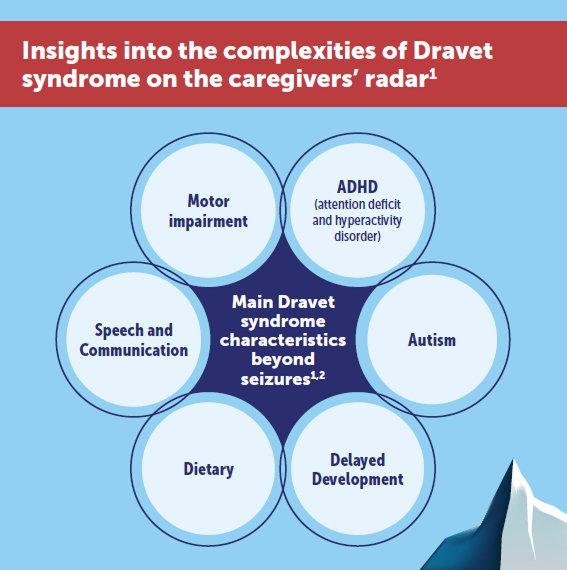What is precisional therapy?
Traditional anticonvulsant treatment is based on the general effect of medications on function of ion channels and receptors related to the balance between excitation and inhibition processes in the brain.
Rational polytherapy: Based on symptomatology and the interaction between ASMs on the target and on pharmacokinetic interactions
Gradual shift in management from a population approach, based on epilepsy types and syndromes, to an individualized approach, where treatments could be targeted to genetically defined subgroups of individuals.
Precisional therapy : National Research Council: “the ability to classify individuals into subpopulations that differ in their disease susceptibility, biology and/or prognosis, or in their response to a specific treatment. …Interventions can then be concentrated on those who will benefit, sparing expense and side effects for those who will not.”
These treatments are either directly designed to the genetic diagnosis or found through clinical trials to have a significant effect in a particular genetic epilepsy (even if the mechanism of the therapy is not yet clear)
Different pathogenic variants of same gene can result in opposite functional effects, determining the effectiveness of certain medications.(GOF, LOF, Mixed and dominant negative )
Pharmacogenomics is another aspect of precisional medicine, involving consideration of genetic variants that do not necessarily directly contribute to the disease, but influence medication response and susceptibility to adverse reactions
Drug repurposing : using existing drugs for new therapeutic indications.
References:Epi4K Consortium and Epilepsy Phenome/Genome Project. (2013). “De novo mutations in epileptic encephalopathies.” Nature, 501(7466), 217-221. FIN082




